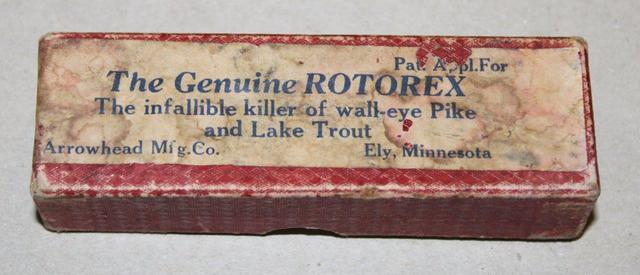Minnesota Lures
Ely
Chippewa, or the Ojibwe, were the first to inhabit the Ely area. They are believed to have sought refuge with the abundance of blueberries, which is why the townspeople hold the Blueberry Festival every year in late July. Trappers and voyageurs made their way to the area in the 18th century in search of new land and furs. In the mid-19th century, prospectors entered the area looking for gold. Although no gold was found, large deposits of iron ore were.
The town was first named Florence, but after discovering that another town in Minnesota was already named Florence, the name was changed to Ely. This name was in honor of Samuel B. Ely, a miner from Michigan who never actually saw the town.
With the addition of underground mining, support beams made of logs were put in to prevent tunnel collapsing. This in turn started the logging and milling industry for Ely.
In 1967, the Pioneer mine closed. It was the last of 11 mines located in the Ely area. It is on the National Register of Historic Places and hosts Ely Arts & Heritage Center. Logging still takes place today in Ely, but on a limited basis.
Today the city is best known as a popular entry point for the Boundary Waters Canoe Area Wilderness and is home to the International Wolf Center and The North American Bear Center.
I have found two lures this company made, the Genuine Rotorex and the Ferocious Finn Bait.
These lures have been found with the name on them...and some without.
I believe these lures were first manufactured in the 1920s or 30s and is featured as my "Lure of the Month" for September, 2011.
One interesting thing on the boxes...the fish Walleye is called "Walled Eye Pike" and "Wall Eyed Pike". While Wall-Eyed Pike was a common phrase for Walleye back in the day, I am not sure where "Walled Eye" came from. It could be a misspelling.
Arrowhead Mfg Co
Ely Flipper Lures
This is a fairly new lure and it actually could be one still made today. I have included it as I think it is a cool looking plastic lure.

